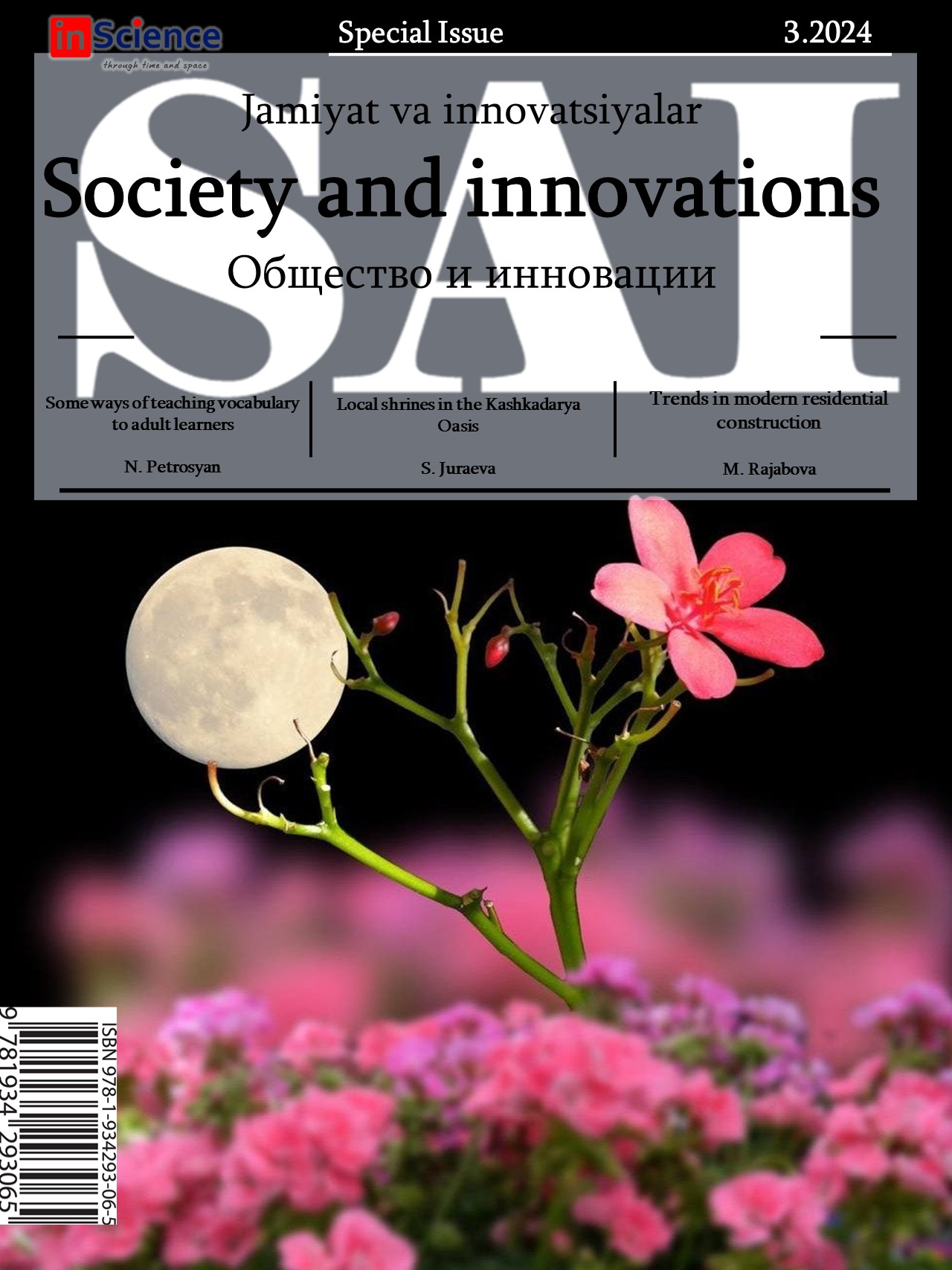DOI
https://doi.org/10.47689/2181-1415-vol5-iss3/S-pp79-92Keywords
law / business / index / mobility / marriage / monthly payment / pension / workplace / family violence / workAbstract
The author investigates thoroughly the methodological framework and extra components of the Women, Business, and Law Index concerning the Republic of Uzbekistan in the academic essay. This research includes a study of the regulatory and normative obstacles that hinder the country's progress in this ranking. The author systematically evaluates the current challenges to identify and examine the significant concerns impeding development. The report also provides detailed suggestions carefully crafted to tackle these difficulties. The author systematically analyzes the elements influencing Uzbekistan's present position in the index to provide effective remedies. This inquiry is crucial for stakeholders seeking to improve gender equality and support women's involvement in commercial and legal fields in Uzbekistan. The article contributes substantially to the discussion on gender equality, providing valuable insights that might influence policy changes and legal reforms to enhance the country's position in the Women, Business, and Law Index.
Downloads
References
Trumbić, T. (2020). Women, Business, and the Law 2021., 1-60. https://doi.org/10.1596/978-1-4648-1532-4.
Arekapudi, N. (2018). Women, Business, and the Law 2019., 1-27. https://doi.org/10.1596/27444.
Iqbal, S. (2018). Women, Business, and the Law 2018., 1-28. https://doi.org/10.1596/978-1-4648-1252-1.
Islam, Asif, Silvia Muzi, and Mohammad Amin. 2019. “Unequal Laws and the Disempowerment of Women in the Labour Market: Evidence from Firm-Level Data.” Journal of Development Studies 55 (5): 822–44. doi:10.1080/00220388.2018.1487055.
Women, Business and the Law 2023, Report/p.24
McLaughlin, Heather, Christopher Uggen, and Amy Blackstone. 2017. “The Economic and Career Effects of Sexual Harassment on Working Women.” Gender and Society 31 (3): 333–58.
Blau, Francine D., and Lawrence M. Kahn. 2017. “The Gender Wage Gap: Extent, Trends, and Explanations.” Journal of Economic Literature 55 (3): 789–865.
Women, Business and the Law 2023, Report/p.27
Gu, Xin, Hao Li, and Langchuan Peng. 2022. “The Anti–Domestic Violence Law and Women’s Welfare: Evidence from a Natural Experiment in China.” Journal of Economic Behavior & Organization 2022 (October): 1–16.
Behari, A. 2021. “Proving a Causal Link between Pregnancy and Dismissal: An Analysis of the Disclosure of Pregnancy and the Protection of Pregnant Employees in the South African Workplace.” Journal of South African Law/Tydskrif vir die Suid-Afrikaanse Reg 2021 (1): 106–22.
Amin, Mohammad, and Asif M. Islam. 2022. “The Impact of Paid Maternity Leave on Women’s Employment.” Policy Research Working Paper 10188, World Bank, Washington, DC.
Del Rey, Elena, Andreas Kyriacou, and José I. Silva. 2021. “Maternity Leave and Female Labor Force Participation: Evidence from 159 Countries.” Journal of Population Economics 34 (3): 803–24.
Hyland, Marie, and Liang Shen. 2022. “The Evolution of Maternity and Paternity Leave Policies over Five Decades: A Global Analysis.” Policy Research Working Paper 10215, World Bank, Washington, DC.
https://wbl.worldbank.org/en/wbl
https://wbl.worldbank.org/en/wbl
Downloads
76 23Published
How to Cite
Issue
Section
License
Copyright (c) 2024 Бобур Хонтураев (Автор)

This work is licensed under a Creative Commons Attribution 4.0 International License.




















